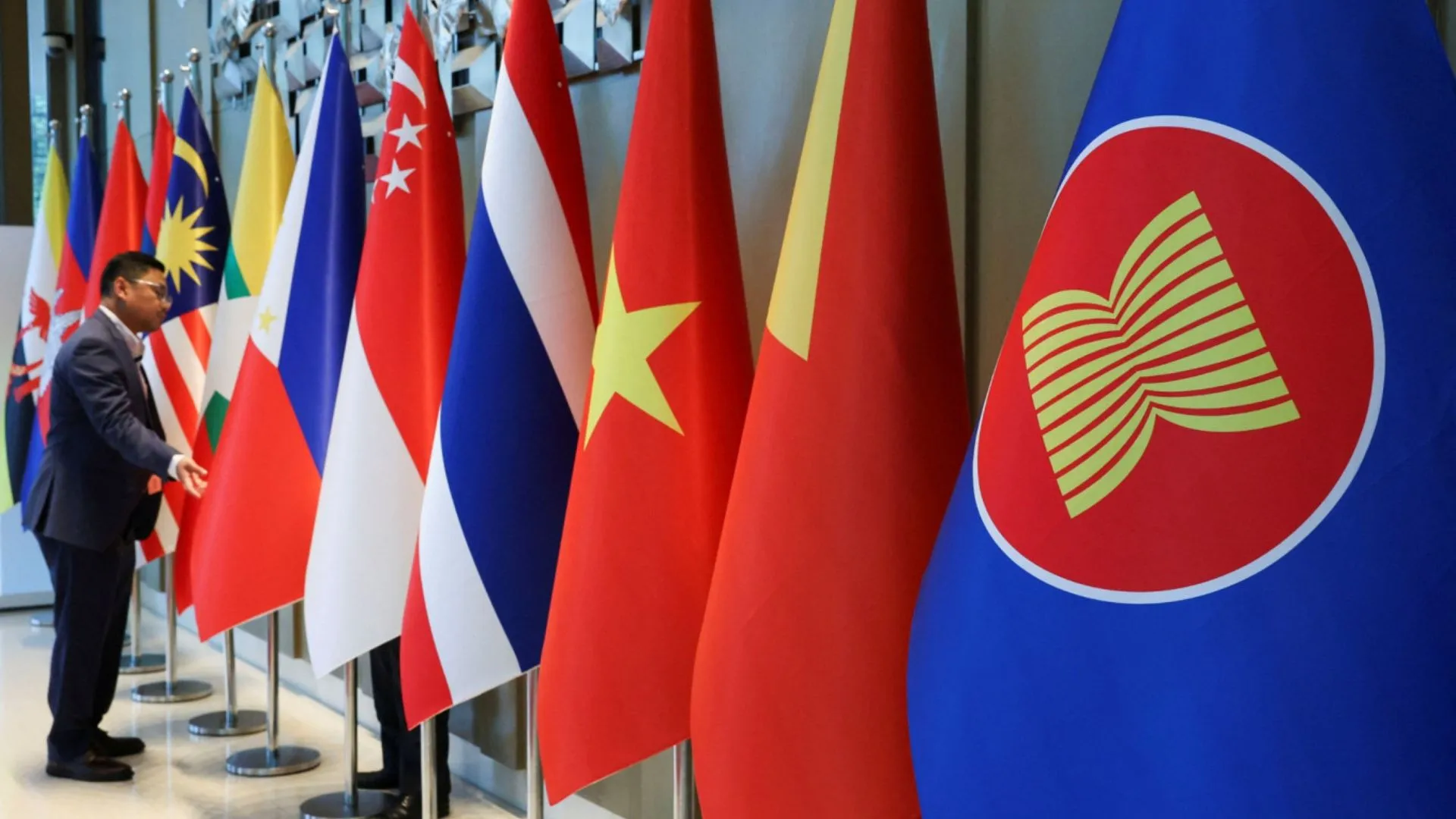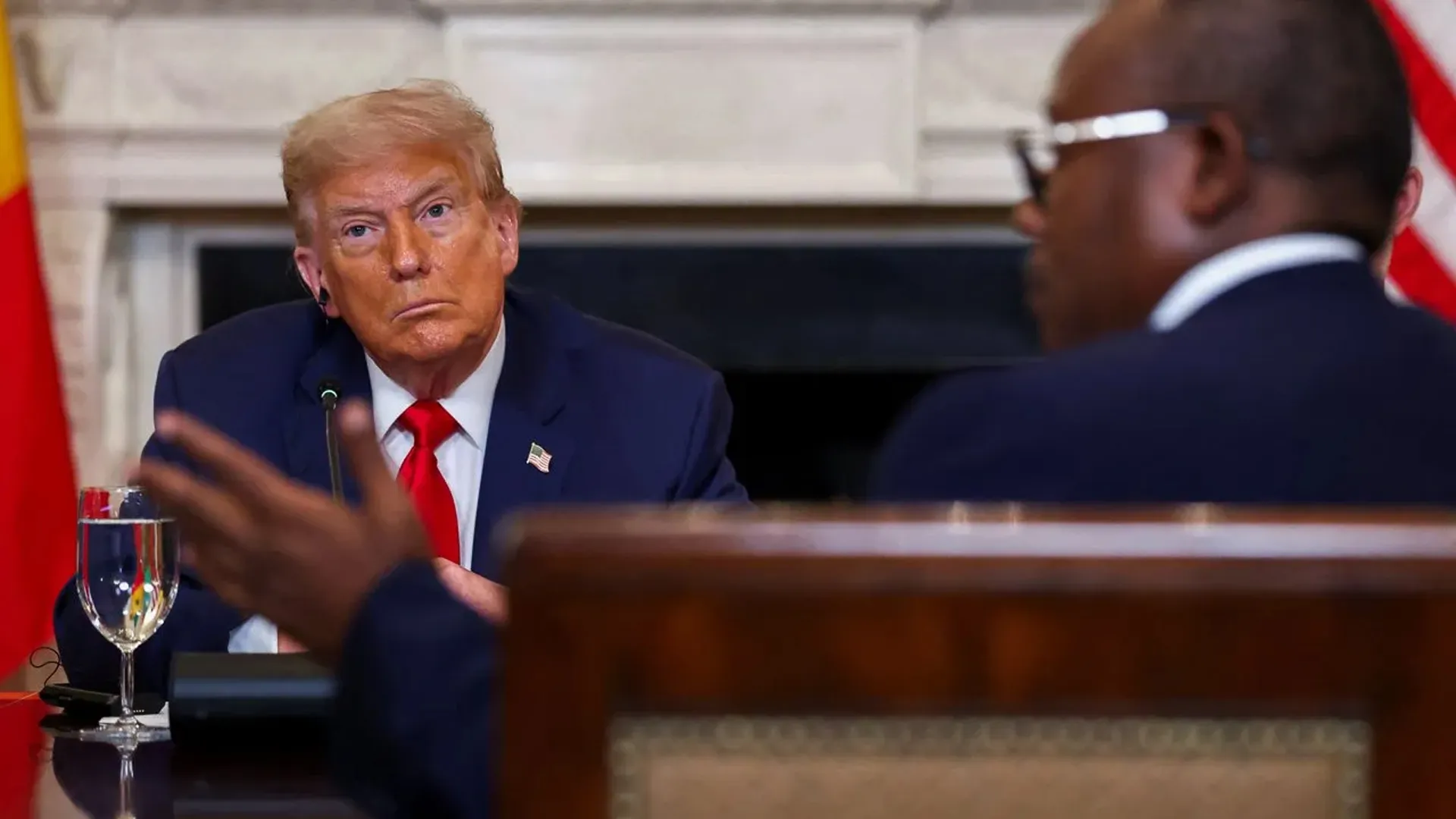Former U.S. President Donald Trump’s fresh round of tariff threats has heightened economic tensions in Southeast Asia, with six ASEAN nations now facing steep duties on exports to the United States. Announced on July 7, the tariffs — set to take effect on August 1 — mark Trump’s latest effort to tackle trade imbalances and crack down on transshipment, where Chinese goods are rerouted through Southeast Asia to bypass U.S. sanctions.
ASEAN in Crosshairs: Duties Range from 25% to 40%
According to the announcement, Cambodia and Thailand face a 36% tariff, Indonesia 32%, Malaysia 25%, and Laos and Myanmar 40%. Vietnam, which had earlier reached a provisional deal with Washington, will have its tariff reduced to 20%. However, Chinese goods shipped via Vietnam will still face 40% tariffs.
Other countries, including Singapore, Brunei, and the Philippines, await clarity on their respective rates.
Transshipment Under Scrutiny
The crackdown centers on halting transshipment practices. Many Chinese exporters have used ASEAN countries as intermediaries to dodge American tariffs.
“The risks of being tagged with extremely high ‘transshipment’ tariffs is high,” said Deborah Elms, Head of Trade Policy at the Hinrich Foundation. “I suspect firms will be pivoting away from an overreliance on the US.”
Industries, Growth at Risk
Analysts warn that these tariffs may not achieve the intended result of reshoring manufacturing back to the U.S. but could instead raise costs for American consumers.
“It is neither practical nor reasonable to expect reshoring of labor-intensive activities like garment manufacturing to the United States,” said Jayant Menon, visiting fellow at Singapore’s ISEAS–Yusof Ishak Institute. “All that these tariffs will do is raise the price of garments, leather goods and other similar imports from developing Asia, to the detriment of US consumers.”
Indonesia Faces $10 Billion Economic Hit
In Indonesia, the proposed 32% tariff could shrink GDP by $10.1 billion, warned Bhima Yudhistira Adhinegara, executive director at the Center of Economic and Law Studies.
“There is no progress on the negotiation side,” he said, adding that this could affect 12% of Indonesia’s nominal GDP for 2024.
ASEAN Nations Push for Diplomatic Solutions
Southeast Asian countries are trying to ease tensions through increased U.S. imports and diplomatic engagement.“We are pushing for a mutually beneficial scenario through increased imports of strategic commodities from the US, such as cotton, corn, dairy products, soybeans and crude oil,” said Shinta W. Kamdani, Chairperson of the Indonesian Employers Association.
Malaysia echoed similar intentions to negotiate a fair outcome. Government officials stated:
“While we acknowledge the concerns raised by the US regarding trade imbalances and market access, we believe that constructive engagement and dialogue remain the best path forward.”
Vietnam Gains Leeway, But Uncertainty Remains
Though Vietnam received the only major tariff reduction, economists remain cautious.
“It’s nonetheless important to note that details are not firmed up for Vietnam,” said Michael Wan of MUFG. “Exporters across Vietnam and Asia more broadly were already frontloading their exports to the US… we do expect some slowdown in export growth.”
Thailand Braces for Investment Fallout
Thailand, facing a 36% tariff, may suffer from weakened investor confidence.
“No one would come in and build a factory to produce products that could not be sold to a big market like the US because of high import tariffs,” said Kobsak Pootrakool, a senior executive at Bangkok Bank.
Three Weeks for Diplomacy
Despite the tough rhetoric, some analysts believe there’s still room for negotiation before the August 1 deadline.
“The silver lining is that these tariffs are only going to be effective Aug. 1, implying that there are still three weeks for negotiations,” wrote analysts from DBS Group Holdings, adding that the shock isn’t as severe as earlier tariff waves.






















